‘biodiversity’ by lijbers architects, the netherlands all images courtesy of lijbers architects
amsterdam-based studio lijbers architects have created ‘biodiversity’, an urban planning proposal sited within the netherlands which addresses the overall decline of natural environments due to rapid development by humans. biodiversity of plants and animals within ecosystems have reduced significantly as a direct result of the human need to consume space and raw materials, initiating this design to revert these negative trends and reclaim as much as possible before it is gone entirely. without adequate time or locations to recover and reproduce to continue their specie populations, this initiative intends to rectify this by placing frameworks upon existing structures, creating additional surface area to plant and grow flora and fauna.
the metabolism of naturally occurring ecosystems is extremely slow, resulting in the need for a catalyst to speed up the pace of evolution to closer approach the rapid development pace of society. ‘architectural enzymes’ will assist with natural processes, an artificial entity in the form of stacked open levels will allow regeneration in the urban context. a network of modules will spread out over the city creating a new typology of a community without boundaries. the three dimensional spatial solution will place green spaces atop existing buildings and within abandoned sites.
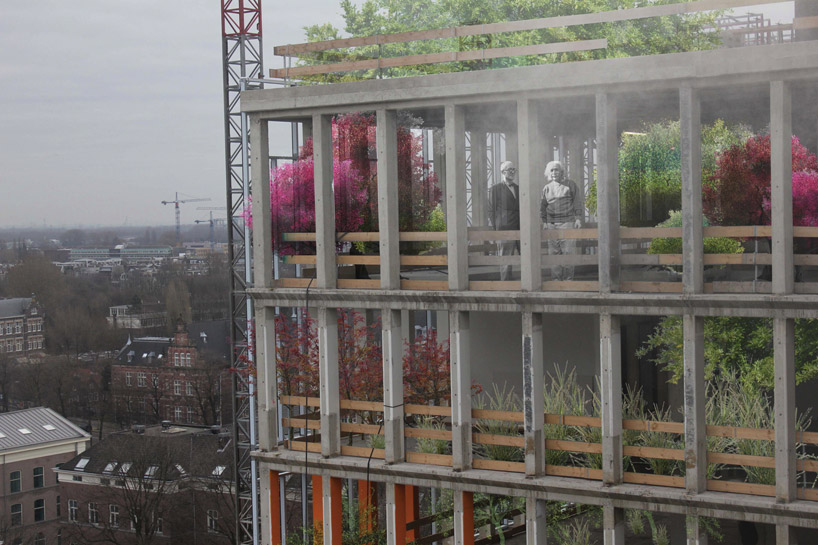 case study example of the tripolis building in amsterdam
case study example of the tripolis building in amsterdam
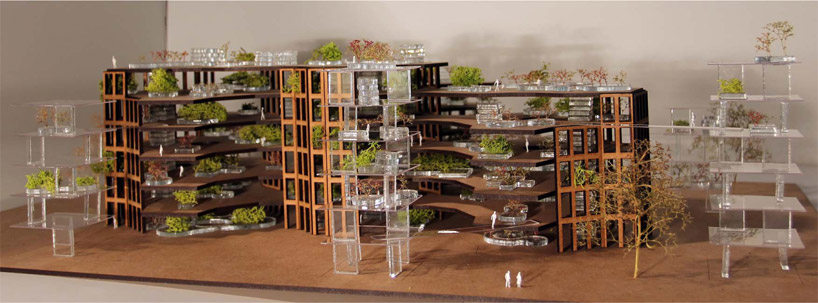 model of architectural enzymes taking over the building
model of architectural enzymes taking over the building
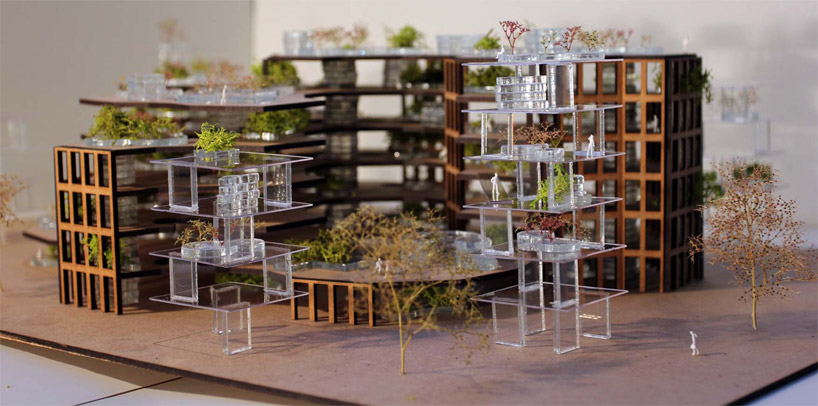 construct contains vertical ecosystems
construct contains vertical ecosystems
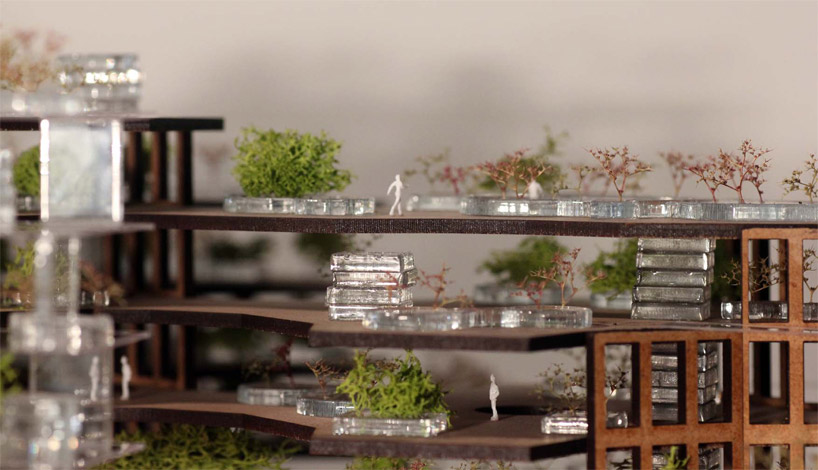 model detail
model detail
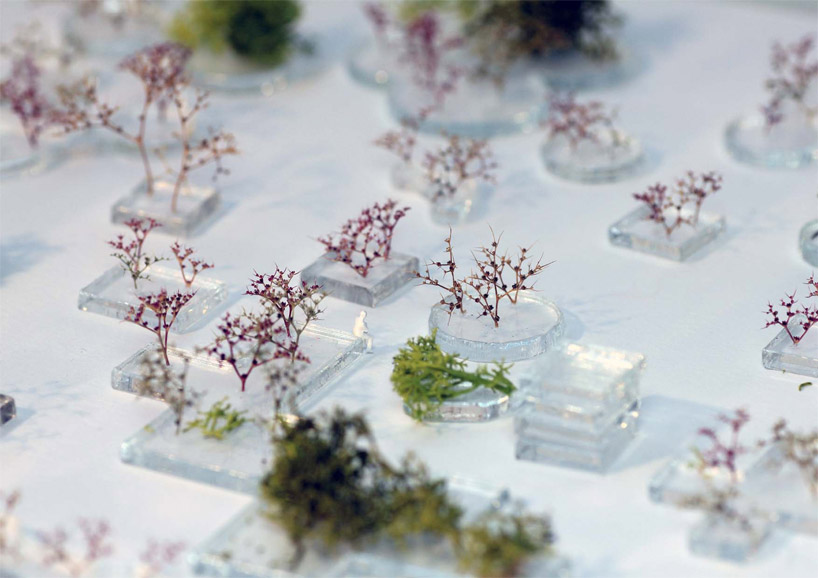 model detail
model detail
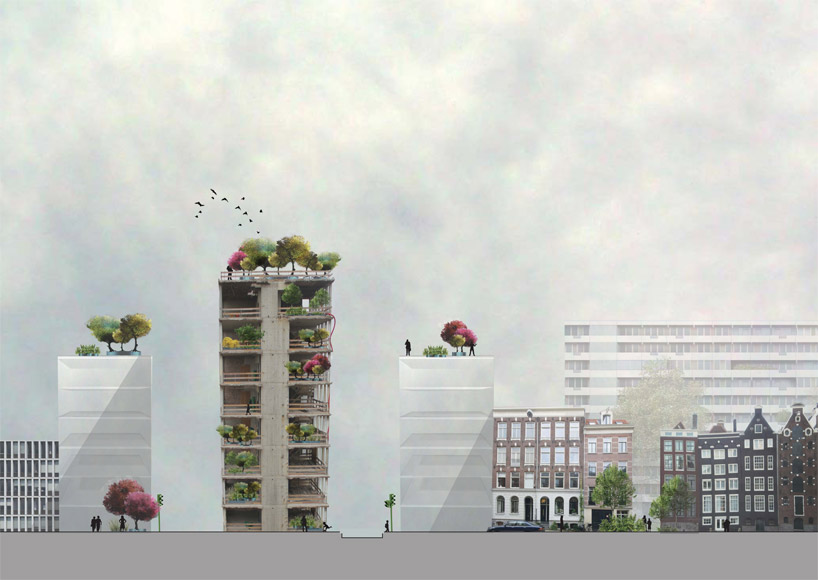 elevation
elevation
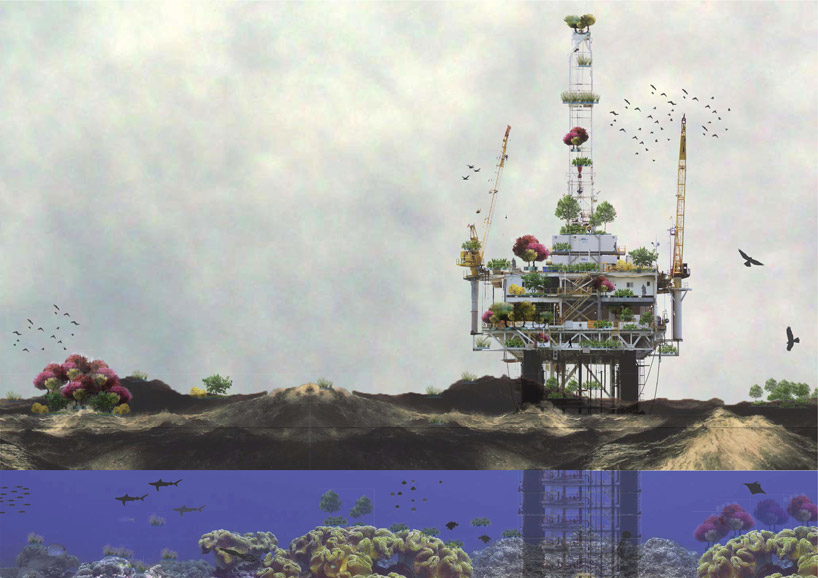 sectional elevation
sectional elevation
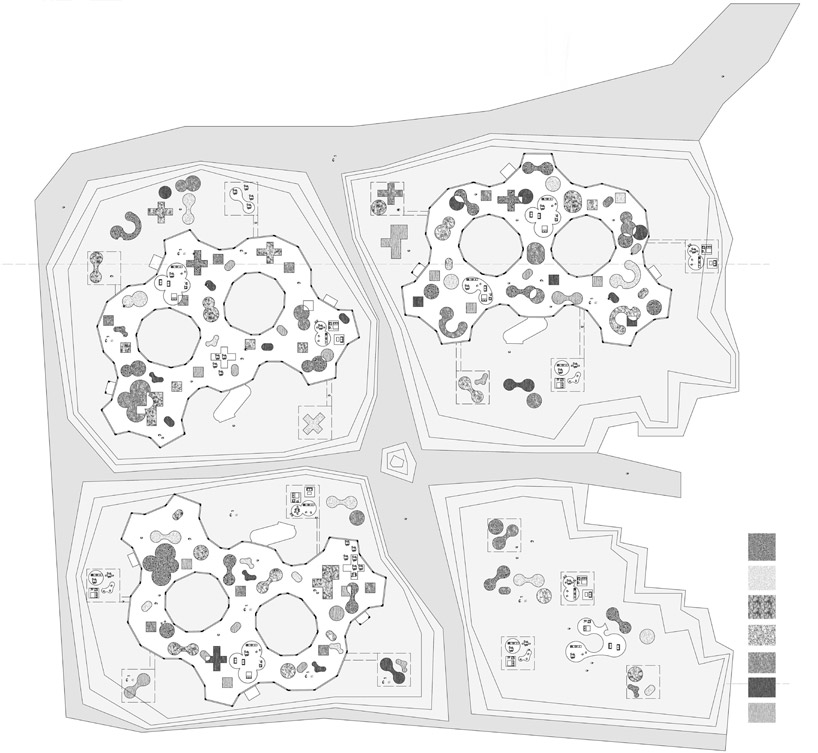 metabolism reaches its maximum as new space is created for both the natural environment and human interaction
metabolism reaches its maximum as new space is created for both the natural environment and human interaction
 section at full metabolism
section at full metabolism
 metabolism within the urban fabric
metabolism within the urban fabric
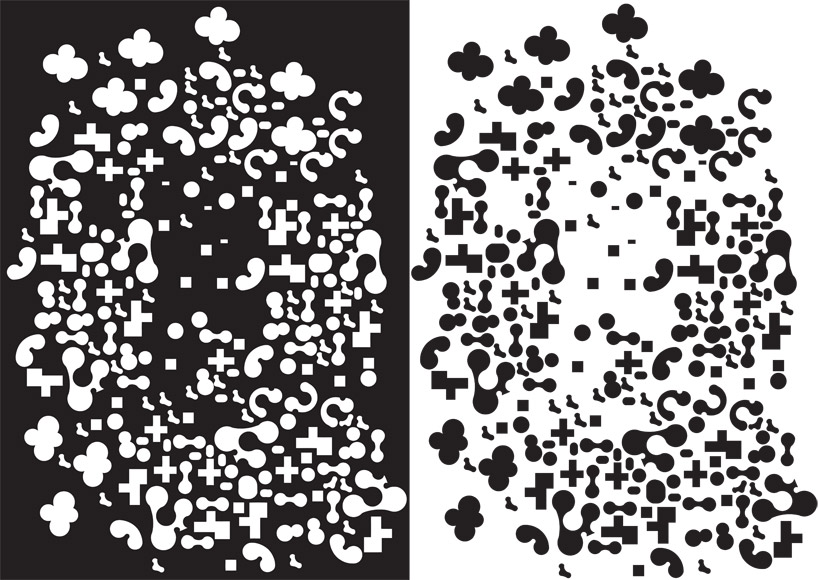 figure ground diagram
figure ground diagram
 disappearance of the natural environment
disappearance of the natural environment
 schematic representation of the reallocation of mobile nature. original modules remain, but are reallocated through space
schematic representation of the reallocation of mobile nature. original modules remain, but are reallocated through space
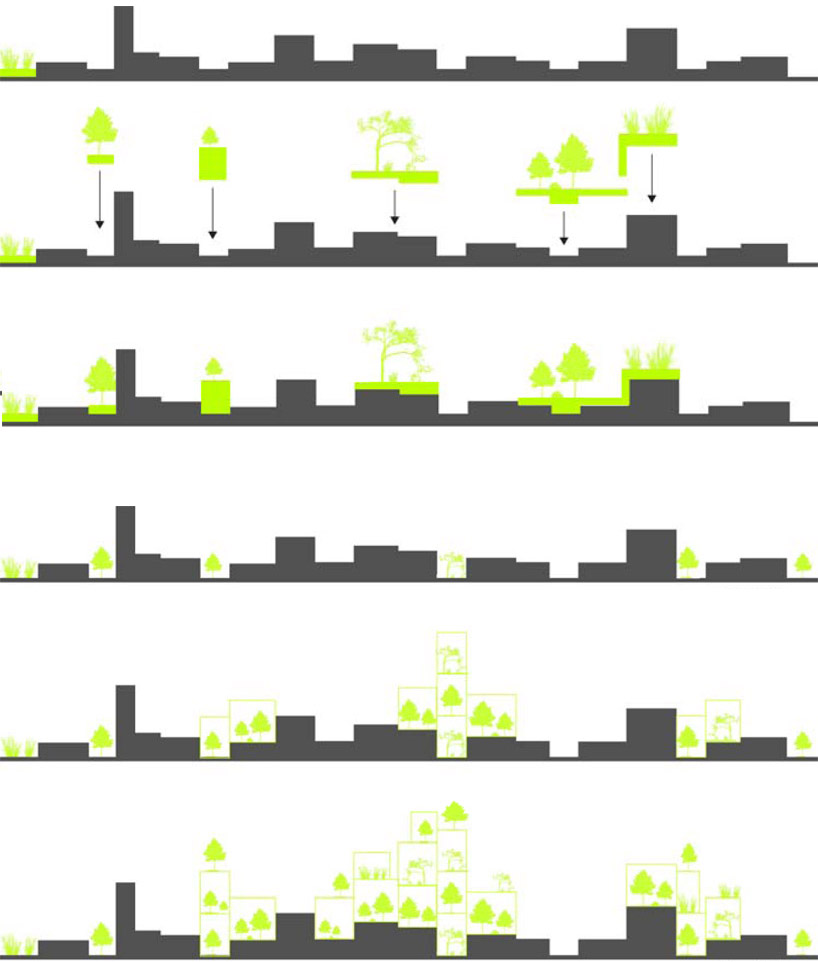 architectural enzymes facilitating integration of natural entities within the urban fabric
architectural enzymes facilitating integration of natural entities within the urban fabric
 the creation of space by taking natural entities from their 2 dimensional paradigm towards a 3 dimensional network
the creation of space by taking natural entities from their 2 dimensional paradigm towards a 3 dimensional network




